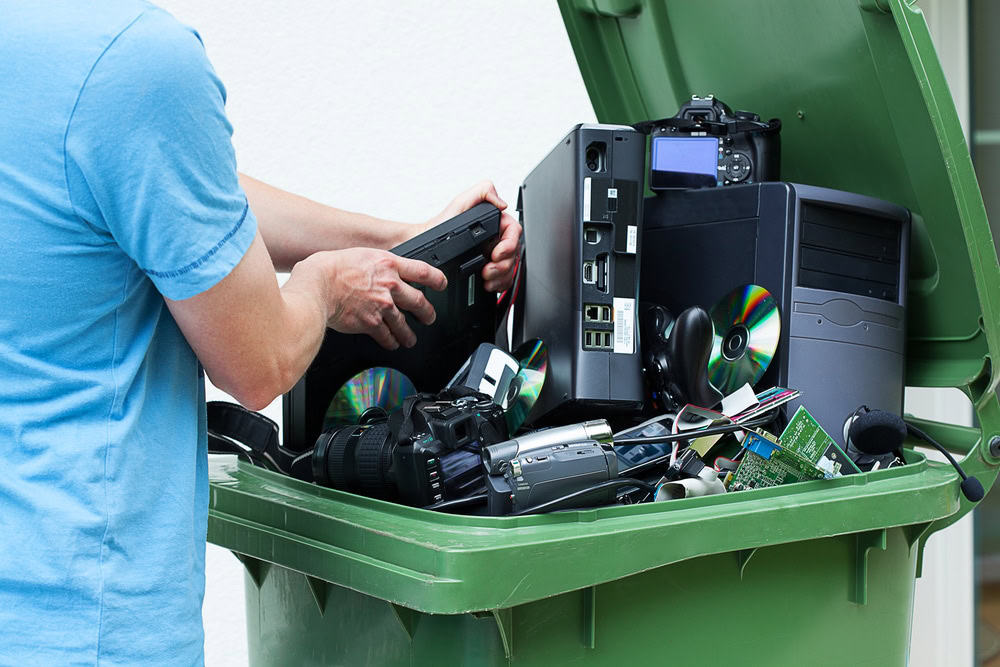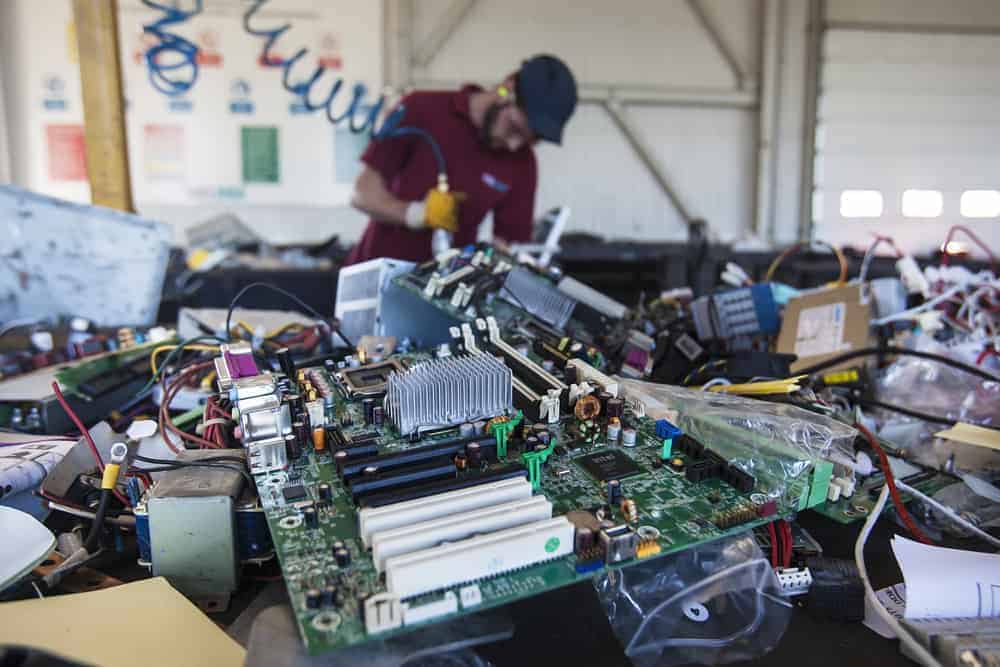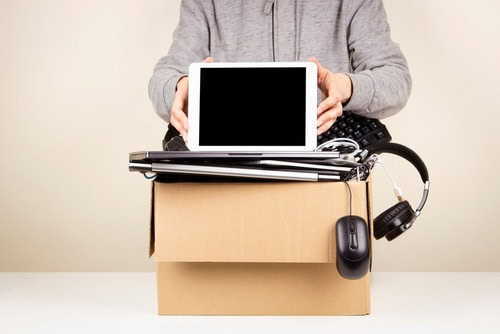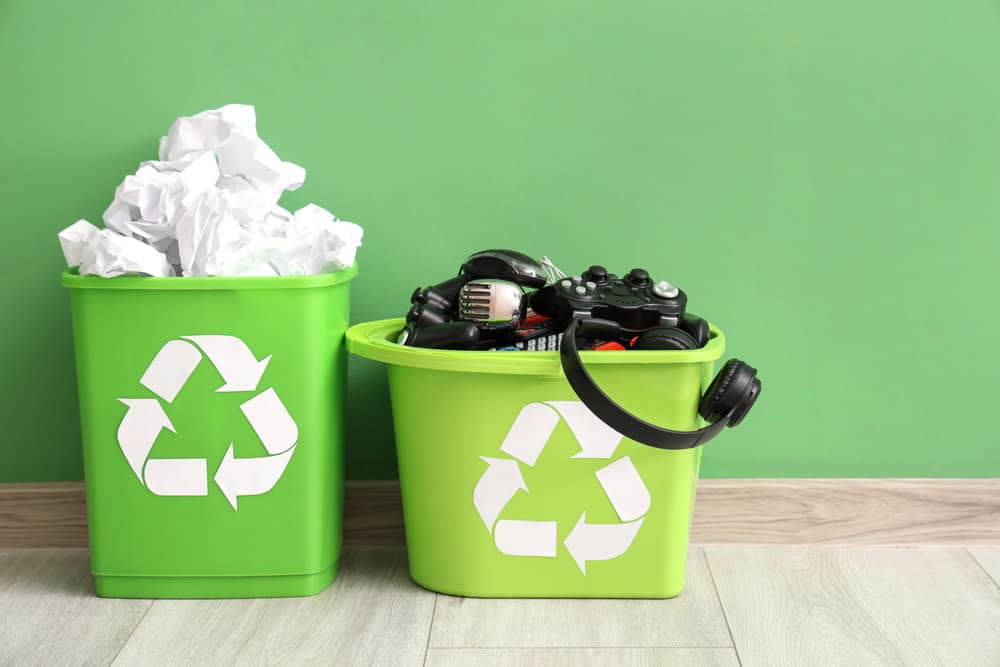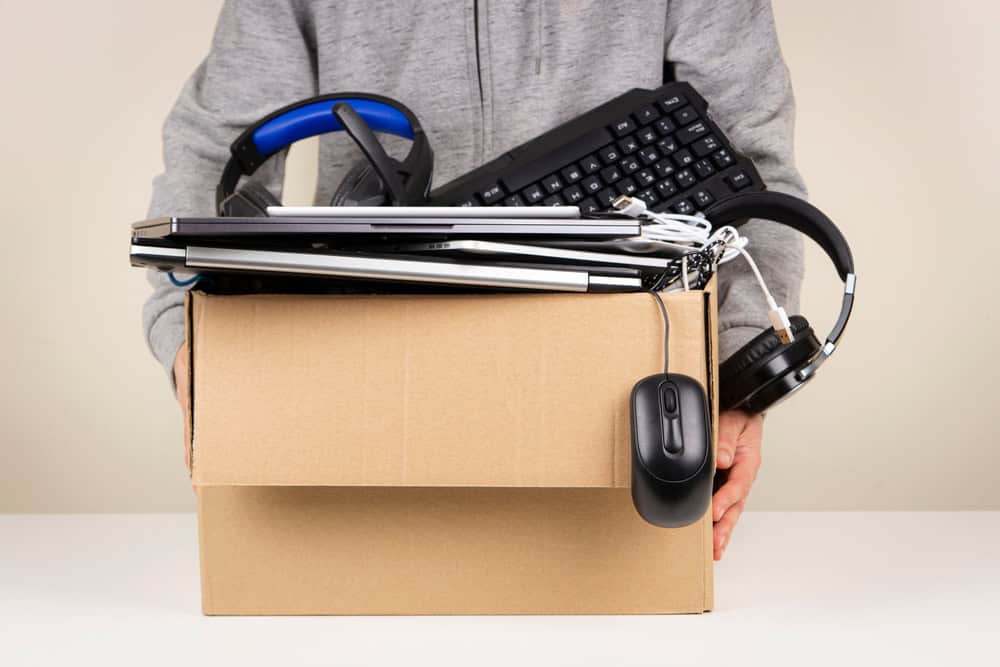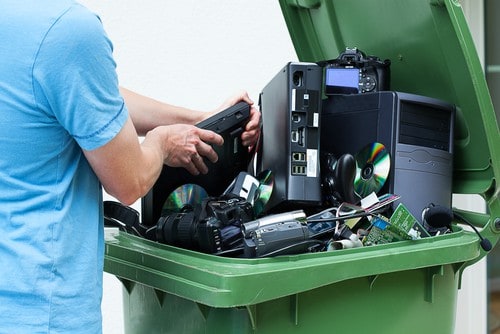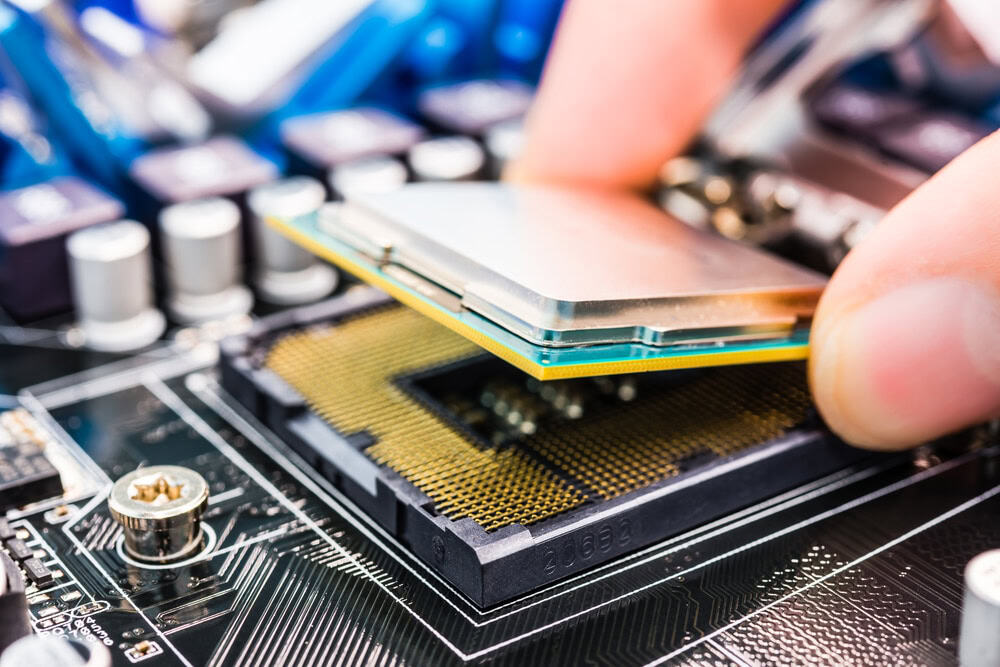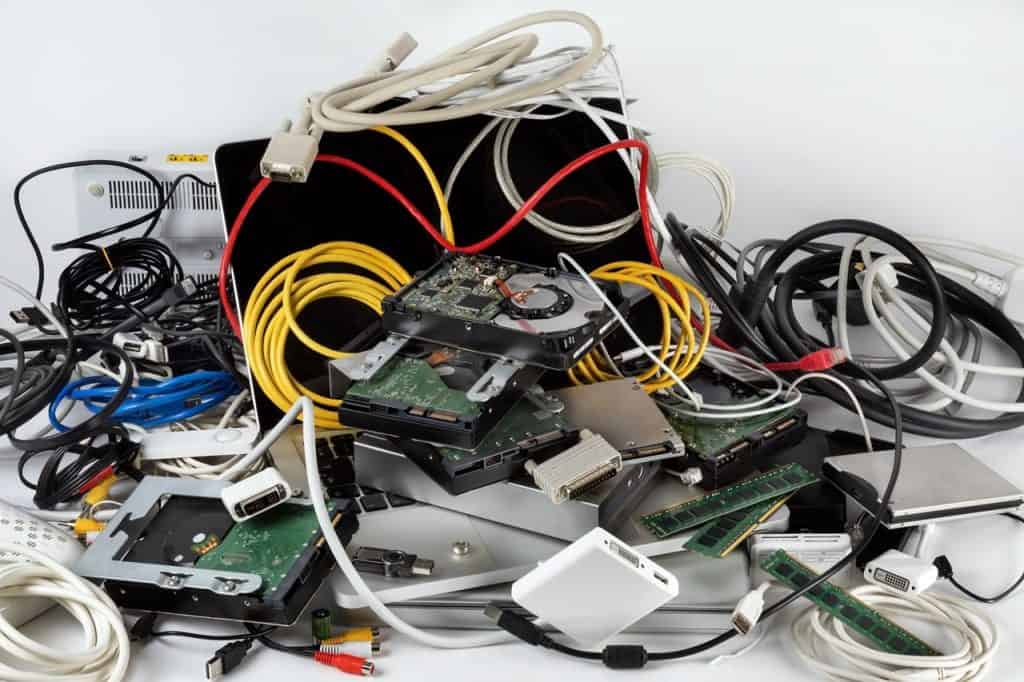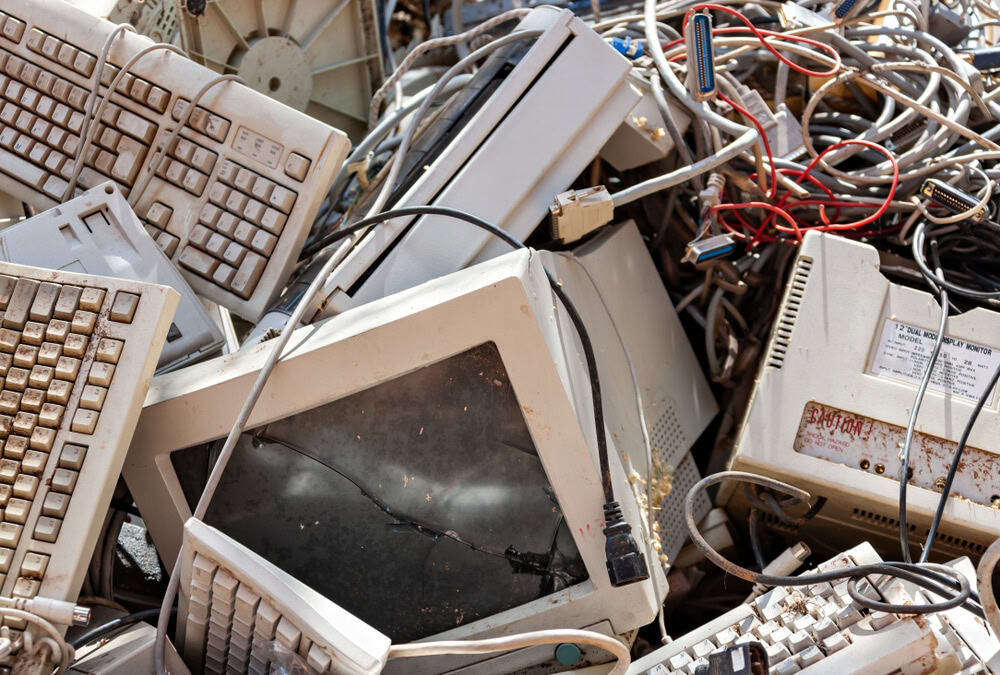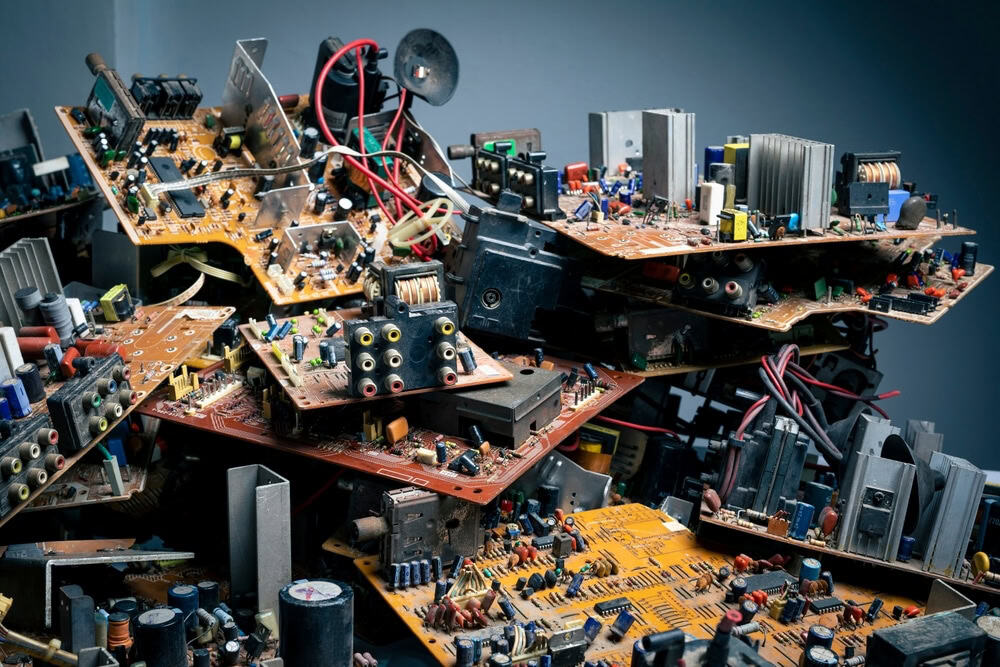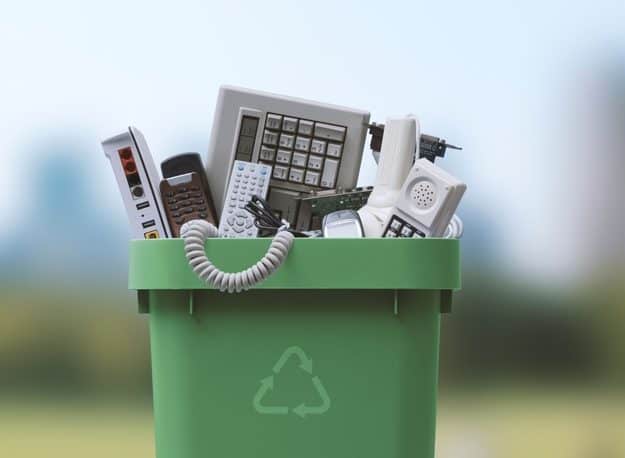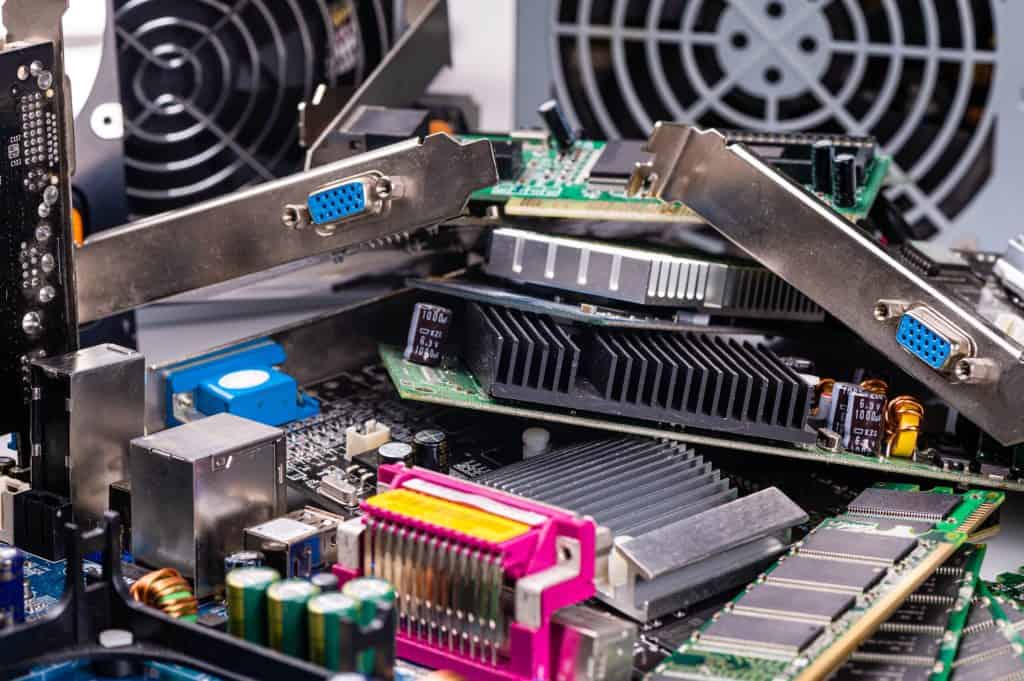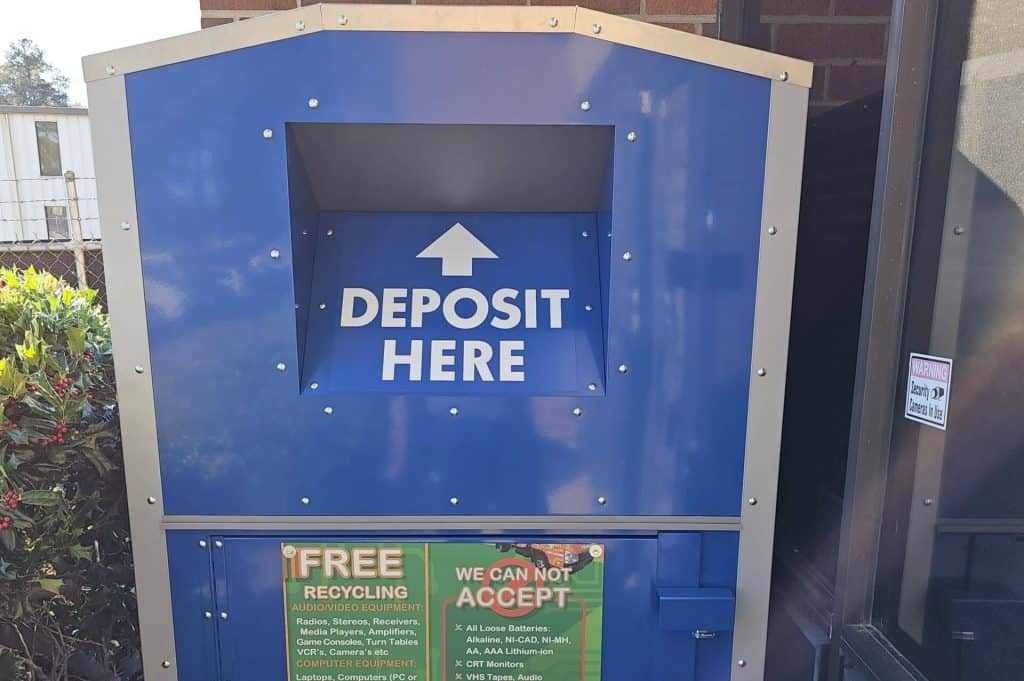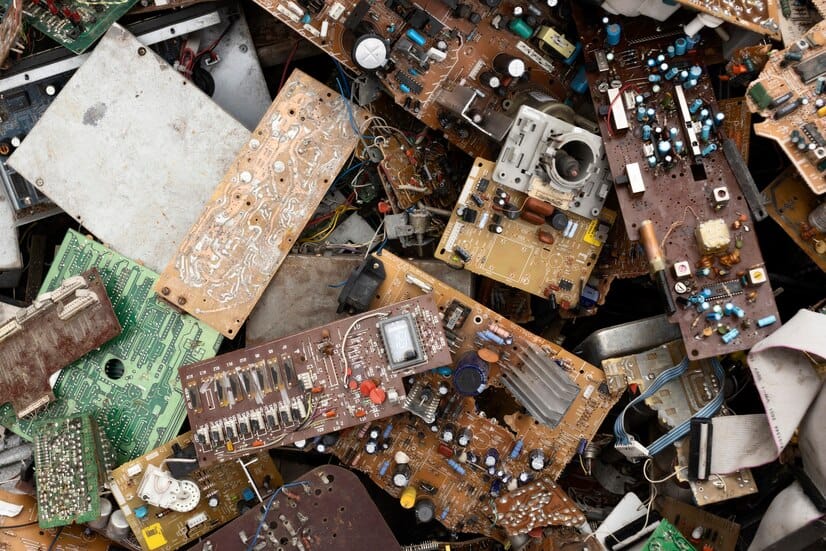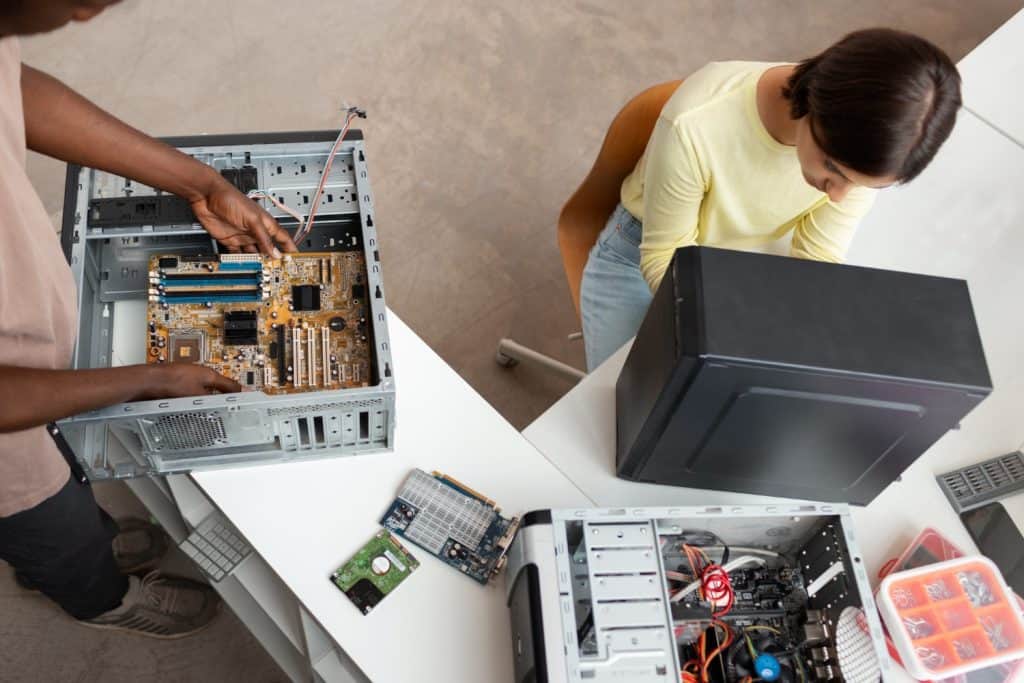E-waste, or electronic waste, has become one of the fastest-growing waste streams in the world. With the rapid advancement of technology, devices become obsolete quicker than ever, resulting in a massive amount of discarded electronics. This presents a significant challenge for the environment as many electronic devices contain hazardous materials like lead, mercury, and cadmium, which can cause serious environmental harm if not disposed of properly.
Recycling e-waste effectively helps mitigate these risks and conserves valuable resources. By recycling old electronics, we can recover precious metals, plastics, and glass, reducing the need for raw material extraction and decreasing pollution. The process also minimizes the volume of waste ending up in landfills, which can take centuries to decompose and pose long-term environmental threats.
In the effort to protect our planet, understanding and implementing effective e-waste recycling methods is crucial. These methods not only ensure the safe disposal of electronic waste but also contribute to a more sustainable future. As we delve into the importance of e-waste recycling and explore various techniques, it becomes clear that these practices are essential for both our environment and our communities.
The Importance of E-Waste Recycling for Environmental Protection
E-waste recycling plays a critical role in protecting our environment. Discarded electronics can leak harmful substances into soil and water, causing long-term damage to ecosystems. Recycling helps to contain these hazards by ensuring that toxic components are safely managed. As a result, we can prevent pollution and safeguard the health of communities and wildlife.
Moreover, recycling e-waste allows us to recover valuable materials. Electronics often contain precious metals like gold, silver, and platinum, which can be reused in manufacturing new products. By extracting these materials from old devices, we reduce the need for mining and conserve natural resources. This process not only limits environmental degradation but also promotes a more sustainable approach to resource management.
Top E-Waste Recycling Techniques and Their Benefits
Several recycling techniques can effectively manage e-waste and its environmental impact. One key method is mechanical shredding, where devices are broken down into smaller components. This technique separates different materials, making it easier to recover valuable elements like metals and plastics. Mechanical shredding ensures that hazardous parts are isolated and safely processed, reducing contamination risks.
Another essential technique is smelting, which involves heating e-waste to high temperatures to extract metals. This method is particularly effective for recovering precious metals like gold and silver. Additionally, chemical leaching can be used to dissolve specific materials, allowing for targeted recovery of valuable components. These techniques help maximize the reuse of resources, minimize waste, and contribute to a circular economy.
Steps to Safely Dispose of Electronic Waste
Proper disposal of electronic waste involves several essential steps to ensure safety and environmental protection. First, identify and separate all e-waste from regular trash. Organize your old devices, batteries, and accessories in a designated area to keep track of what needs to be disposed of responsibly. Labeling boxes can also help in sorting different types of e-waste.
Next, remove all personal data from the devices. This step is crucial to prevent data breaches. Use data-wiping software or reset devices to their factory settings to ensure no information can be retrieved. For extra security, consider physically destroying hard drives or using data destruction services.
Take your sorted and cleaned e-waste to a certified recycling center. Certified centers follow strict environmental standards and can recycle materials safely. Some may also offer pick-up services, making the process more convenient. Checking with local electronics stores or community recycling programs can provide additional drop-off options.
Tips for Choosing a Reliable E-Waste Recycling Service
Selecting a dependable e-waste recycling service is vital for ensuring your electronic waste is handled securely and responsibly. First, verify that the recycling service holds relevant certifications such as R2 (Responsible Recycling) or e-Stewards. These certifications ensure that the service follows environmental and safety standards.
Second, assess their recycling methods. A good service will explain their processes for data destruction, material recovery, and the handling of hazardous substances. Ensure they use state-of-the-art technologies to safely process electronics. Transparency in their procedures is a good sign of a trustworthy recycler.
Additionally, consider their logistical capabilities. The best services offer convenient collection options, whether through pick-up services or easily accessible drop-off points. Some may also provide secure containers for collecting e-waste on-site before transporting it to recycling facilities. Customer reviews and recommendations can offer insight into the reliability and efficiency of the recycling service.
Conclusion
As we recognize the growing impact of electronic waste on our environment, it’s clear that effective recycling methods are crucial. By properly disposing of e-waste, we protect our planet, conserve natural resources, and prevent harmful substances from polluting our ecosystems. Implementing safe disposal steps and choosing reliable recycling services are essential actions that contribute to our environmental sustainability efforts.
At ReWorx Recycling, we are committed to providing secure and environmentally friendly disposal solutions for your end-of-life and surplus computer equipment. Contact us today to find out how our e-waste recycling services can help your business manage electronic waste responsibly. Let ReWorx Recycling be your partner in creating a cleaner, safer environment for future generations.


